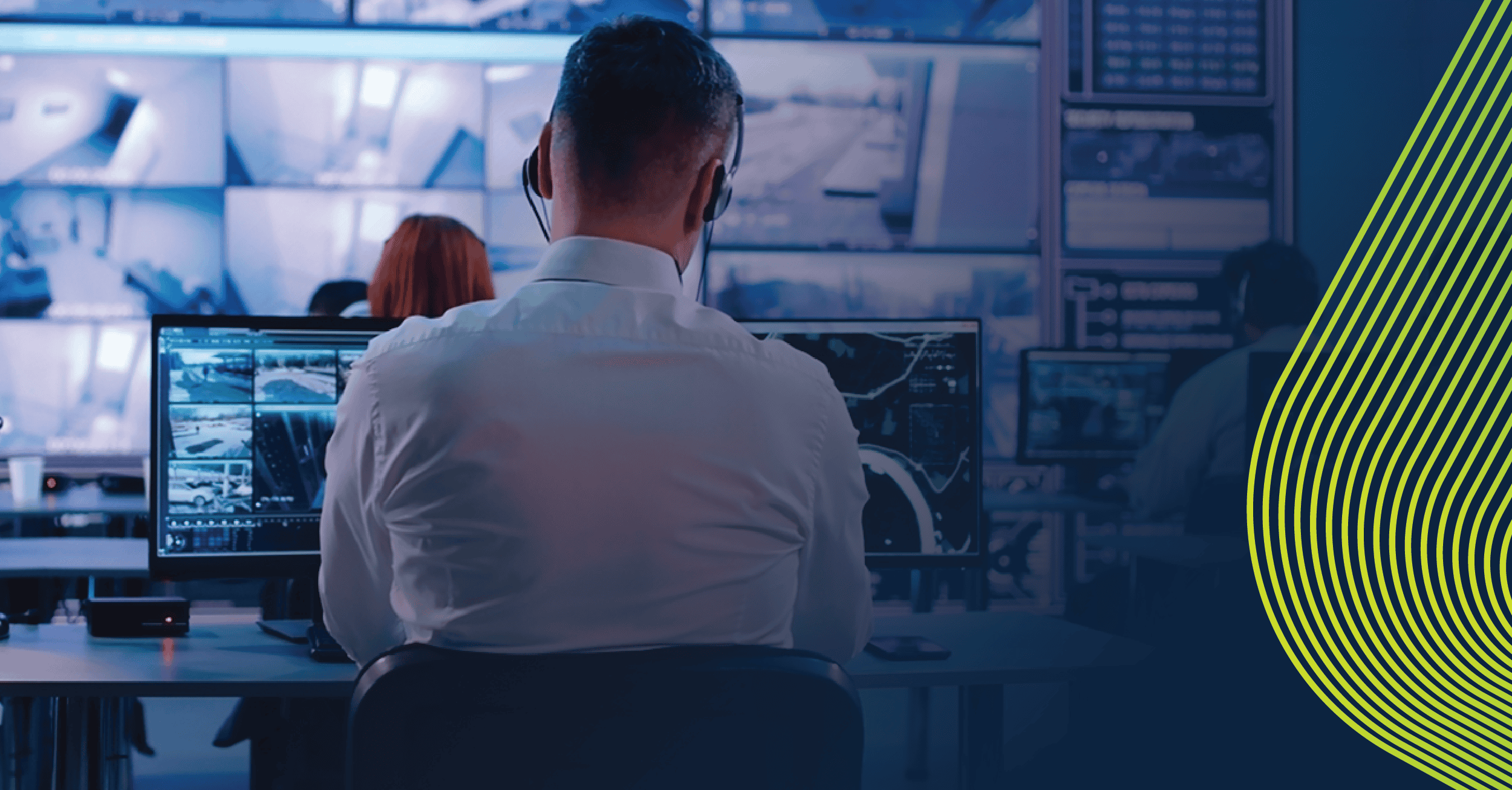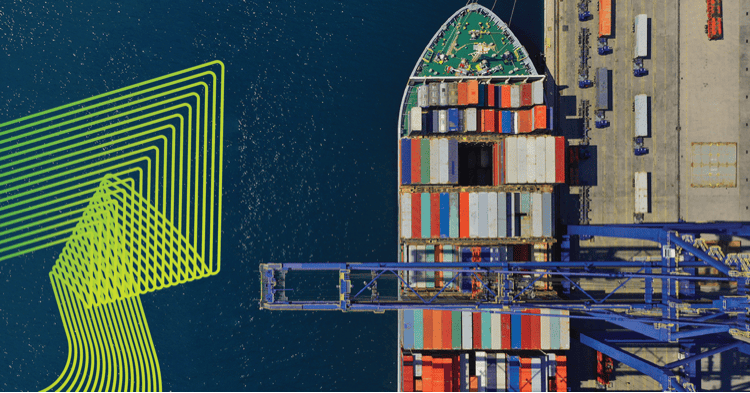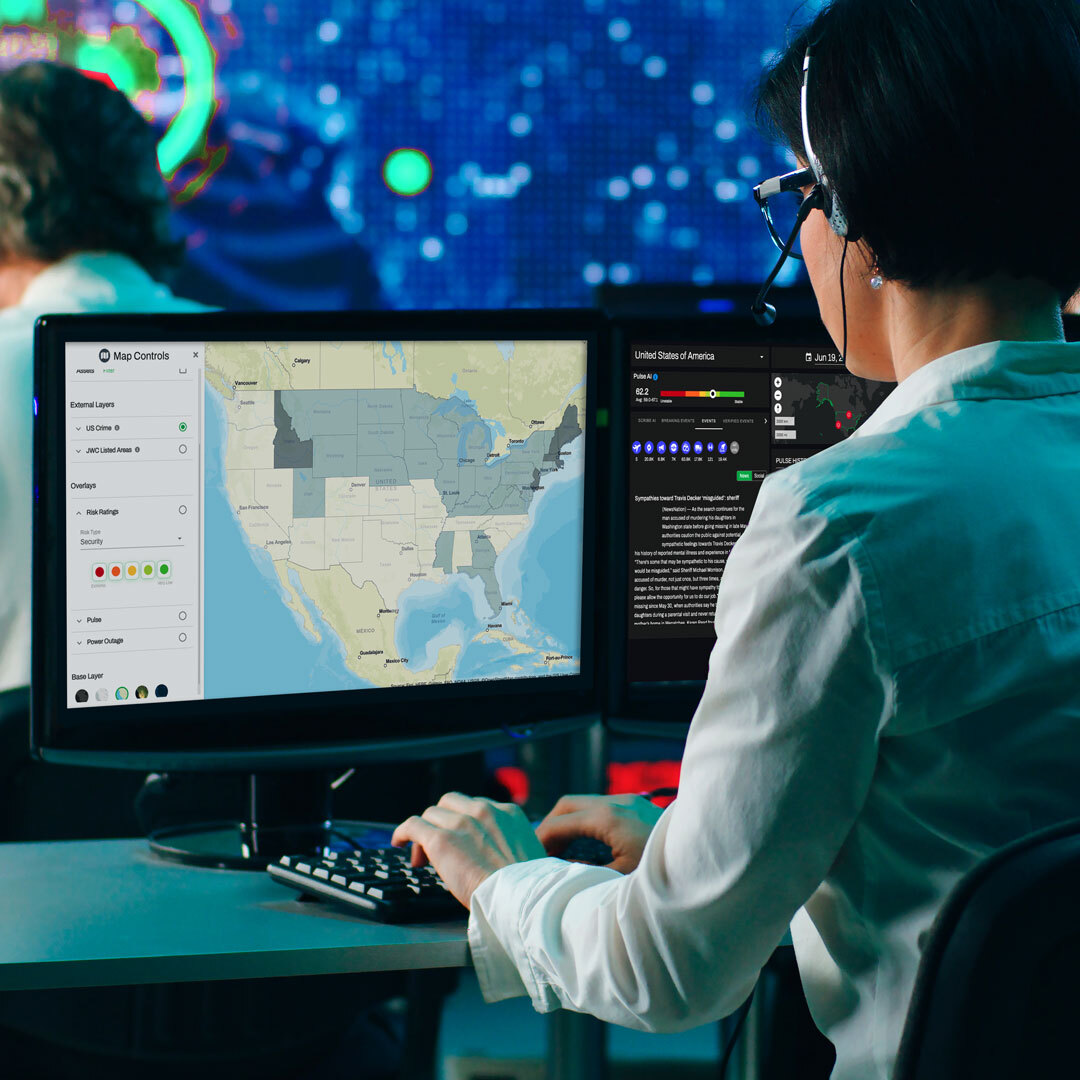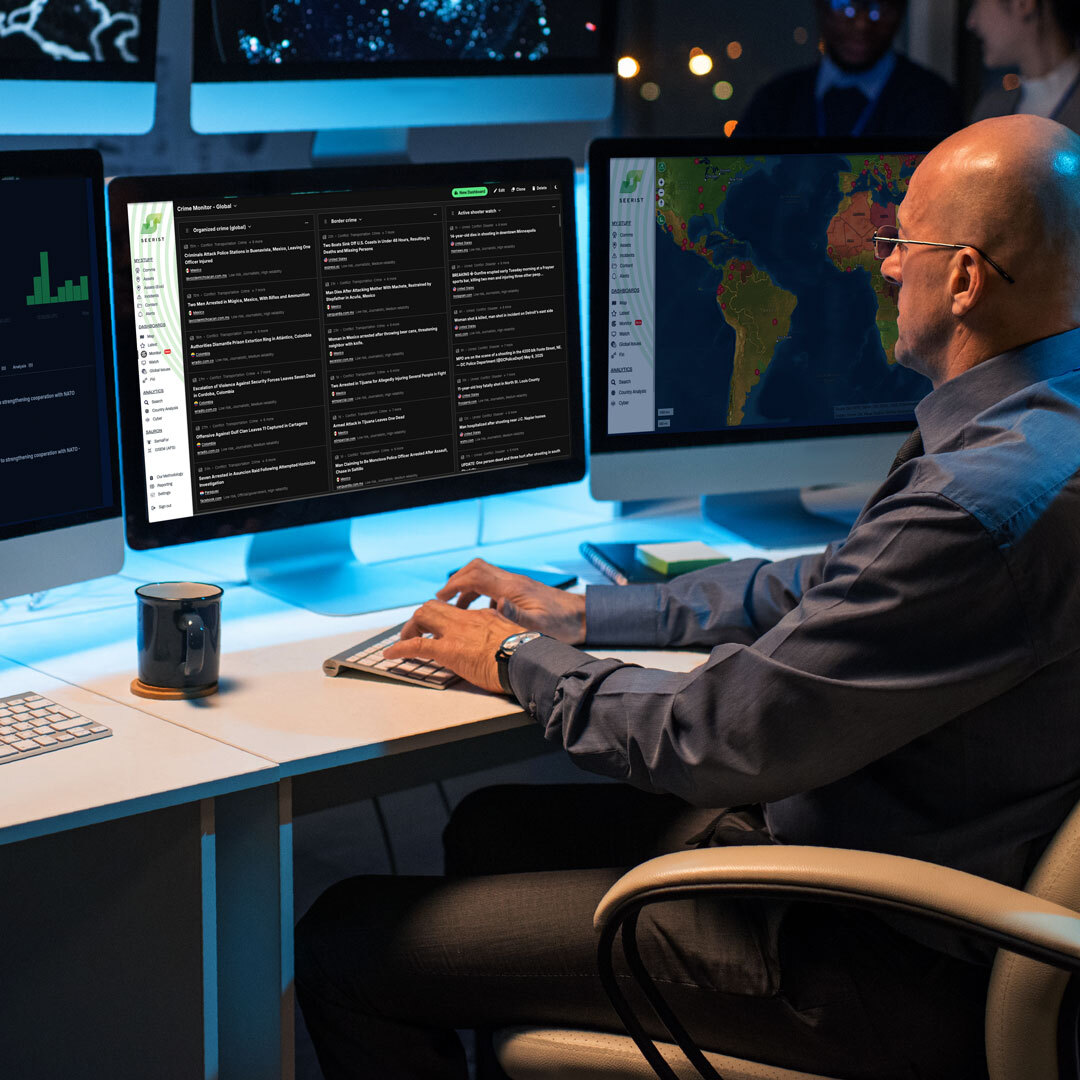Security and intelligence teams work tirelessly behind the scenes to safeguard an organization’s people, assets, and operations. As teams grapple with the ongoing revolution in the open-source intelligence (OSINT) field, it continues to be exceedingly difficult to successfully monitor for all events and disruptions relevant to their organization. On top of the enormity of information to review, security teams need to lean into complex analytic processes to assess the validity of sources, contextualization of the event and exposure to their business – all with near real-time expectations from leadership and stakeholders.
Reducing the Analytic Burden
The magnitude of information circulating today is simply more than a team can manage. When you throw in the need to assess sources, verify events, determine impact and assess exposure – the analytic burden on a team to quickly make the right calls is immense. With a focus on managing and reviewing a constant stream of alerts, teams often put other critical activities – such as strategy development to manage known threats and proactive security planning – on the back burner. Lack of bandwidth, time, and resources are all key factors at play, and result in devastating long-term impacts to a security team’s ability to proactively plan and rapidly triage to safeguard people, assets, and operations.
We’re past the hype when it comes to AI
The leveraging of current technologies and techniques supported by Artificial Intelligence (AI) and Machine Learning (ML) are already becoming the standard within security and intelligence teams. The discussion we’re seeing in the industry is becoming less about buzzword bingo and more focused on practical use-cases that already work well today and the next innovative solutions that will transform tomorrow.
When a security team is bolstered by the power of the right risk and threat technology partner, several benefits emerge:
- Improved speed of decision-making. Intelligence silos aren’t just organizational– they also exist in how we connect events to their broader context. Quickly determining what is anomalous, whether it matters for the area and whether it matters for you still requires multiple platforms, diverse skill sets and worst of all, wasted time. The explosion of reasoning models and improvements in data search techniques have revolutionized the ability to create narrative-driven views of events, ultimately providing teams with what matters very quickly.
- Giving you real time back. There is simply too much information circulating for any team to manage and for decision-makers to digest. When monitoring high impact events, information overload is real. LLMs are a massive first step, bringing thousands of data points with clear reliability indicators to create concise, easy-to-digest briefings that allow for quick decisions and deeper dives when needed.
- Seamless integrated workflows. All of these new technologies are just shelf-ware unless they can be fit into your workflows. The key is acquiring tools that adapt to your needs or are flexible enough to integrate seamlessly. Adding rigidity, time and unnecessary complexity in a high pressure situation is the last thing a busy security or intelligence expert needs.
Introducing DiscoverAI from Seerist
DiscoverAI is a ground-breaking offering for security and intelligence teams who need to understand which security and geopolitical related events are of the highest priority that could impact their people, operations, or mission. This unique capability scans events for the largest, accelerating or newest incidents – dramatically accelerating your ability to pick up indicators and warnings that could be material to you.
The tool then goes one step further, using an additional model that instantly connects whether the event has been verified by an analyst and any related analytic content, produced by our partners at Control Risks, that could support in contextualizing the signal you’re zeroing in on. This augmentation rapidly accelerates your ability to discover, contextualize and ultimately decide what decision is right for you dependent on your exposure and posture.
Seerist then goes one step further, enabling you to go back 60 days to understand underlying trends and patterns whilst also turning the results into a live monitoring dashboard to monitor in an emerging or real crisis.






